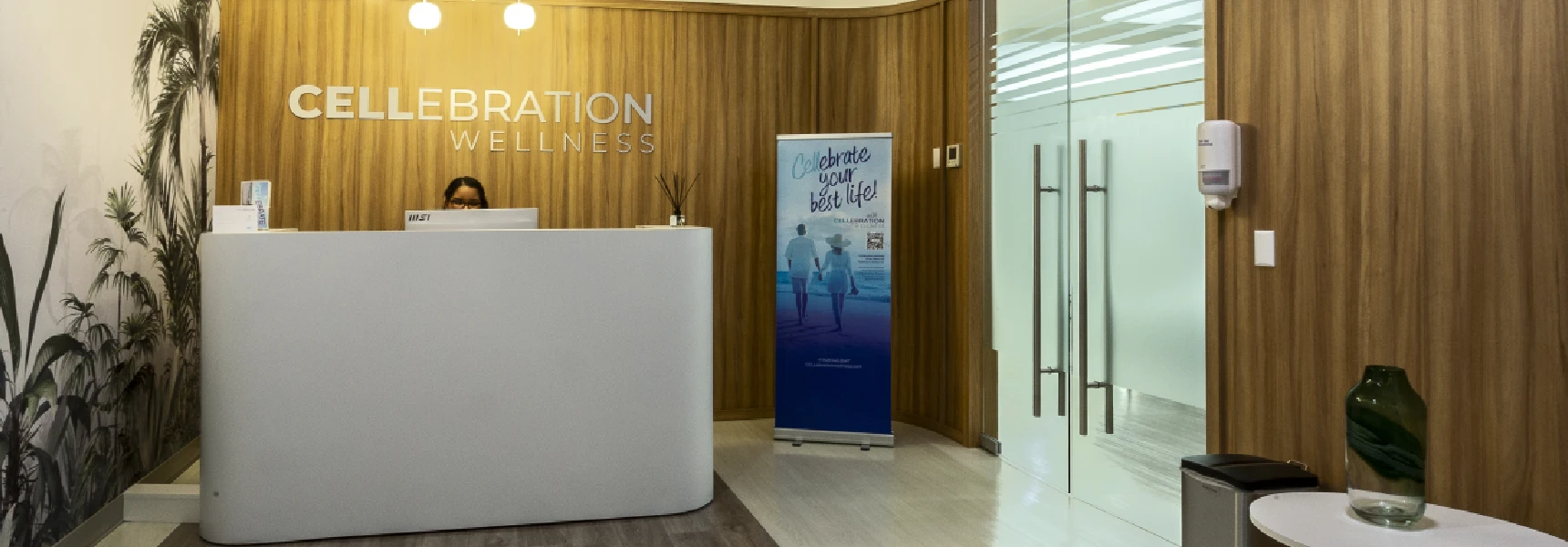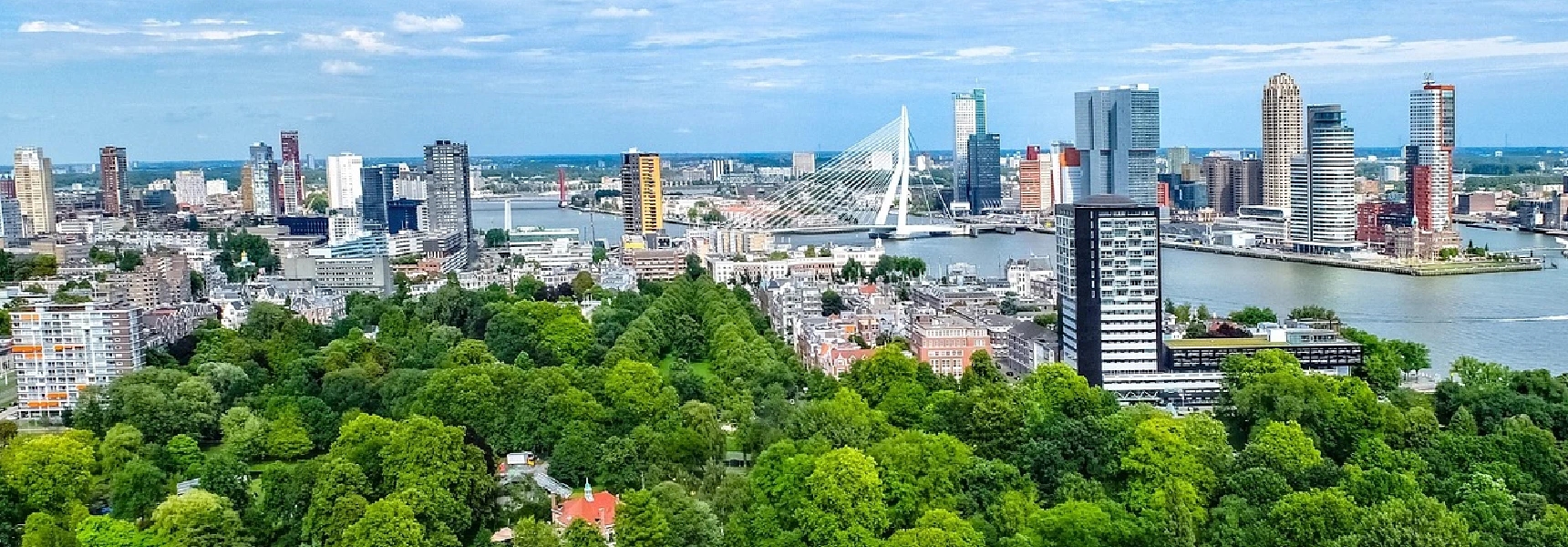Design
How to Attract Employees Back to the Office: Creating Workspaces They Want to Use
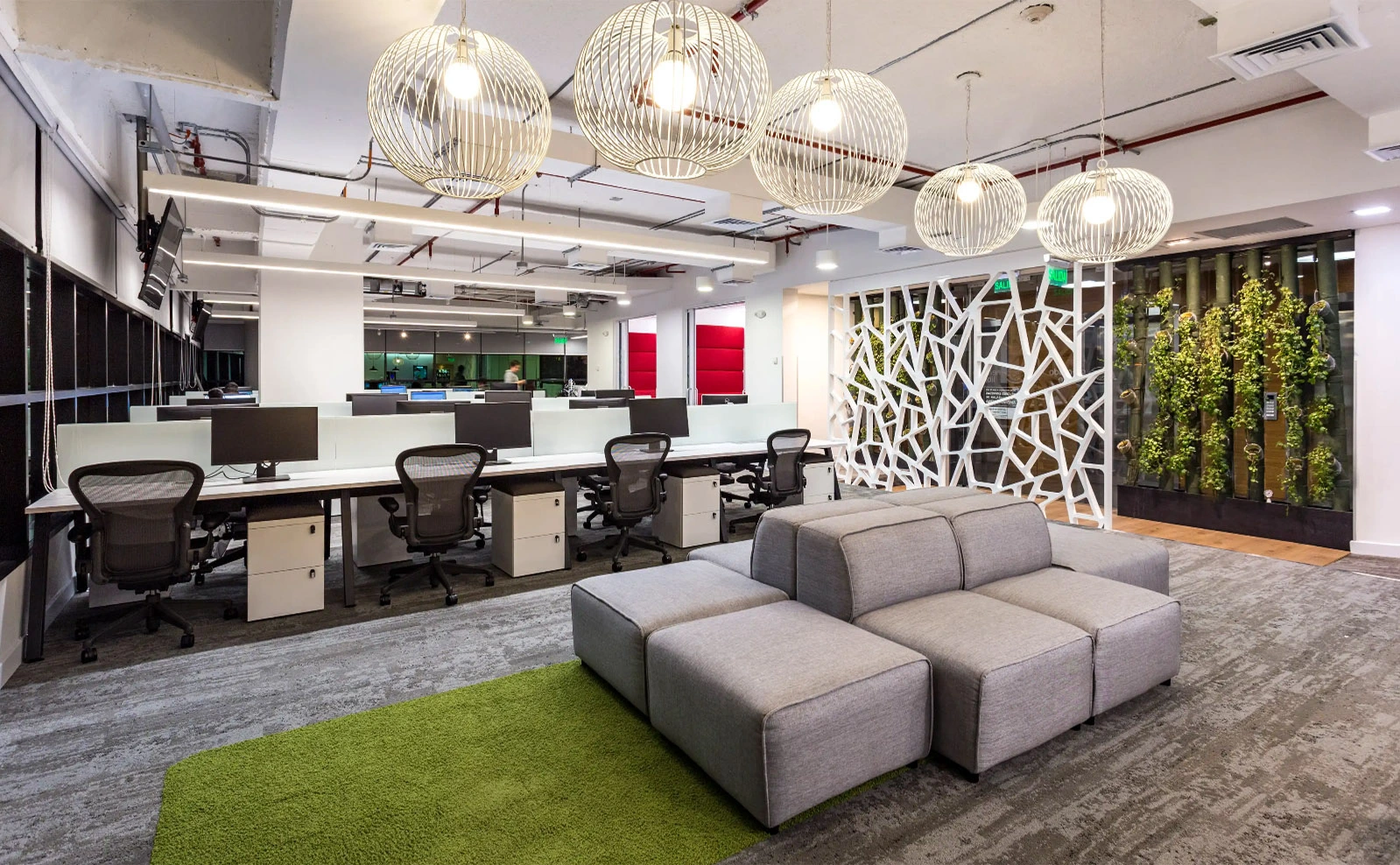
The New Workplace Challenge: Bringing Employees Back
The shift to remote and hybrid work has reshaped how employees interact with office spaces. Many companies are now facing a common challenge: how do we encourage employees to return to the office willingly and enthusiastically?
The answer lies in rethinking workplace design. Employees no longer come to the office just to complete tasks—they need a reason to leave the comfort of home. Workspaces should be more than just desks and conference rooms; they should be engaging, flexible, and inspiring environments that promote collaboration, creativity, and well-being.
This guide explores how companies can design better workplaces to attract employees back and create an office environment they genuinely enjoy.
What Employees Want in a Modern Workplace
1. Purposeful Office Design & Flexibility
Employees no longer need to be in the office five days a week, but they want a workspace that adds value to their workday when they do come in. Traditional office layouts designed for rigid, full-time in-office work feel outdated. Instead, companies should focus on flexibility and purpose-driven spaces that cater to different work styles:
- Collaborative zones for brainstorming and teamwork.
- Quiet focus areas for deep work and concentration.
- Hybrid-friendly meeting rooms equipped with top-tier video conferencing technology.
- Multi-use common spaces that serve as lounges, informal meeting spots, and work areas
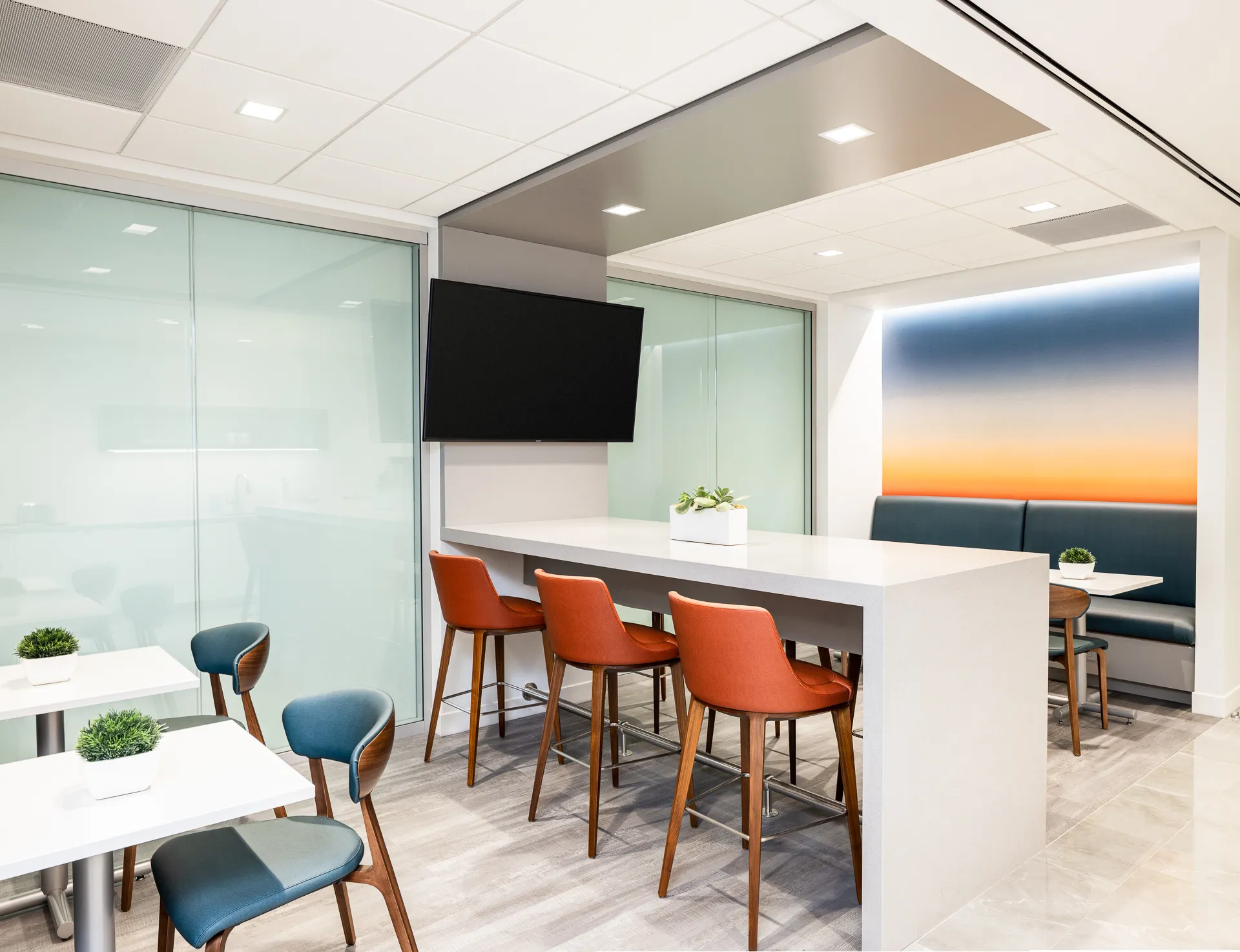
By moving away from rows of cubicles and embracing adaptable spaces, companies create offices that fit how employees actually work today.
2. Workplace Experience: Making the Office a Destination
The office should be more than just a place to work—it should be a place people want to be. Workplace experience plays a huge role in drawing employees back. Companies can enhance their offices by incorporating:
- Wellness spaces (meditation rooms, nap pods, fitness centers)
- Social hubs (cafés, game rooms, communal lounges)
- Biophilic design (natural light, indoor plants, outdoor seating)
By integrating elements that support well-being and social interaction, companies can transform the office into a destination rather than an obligation.
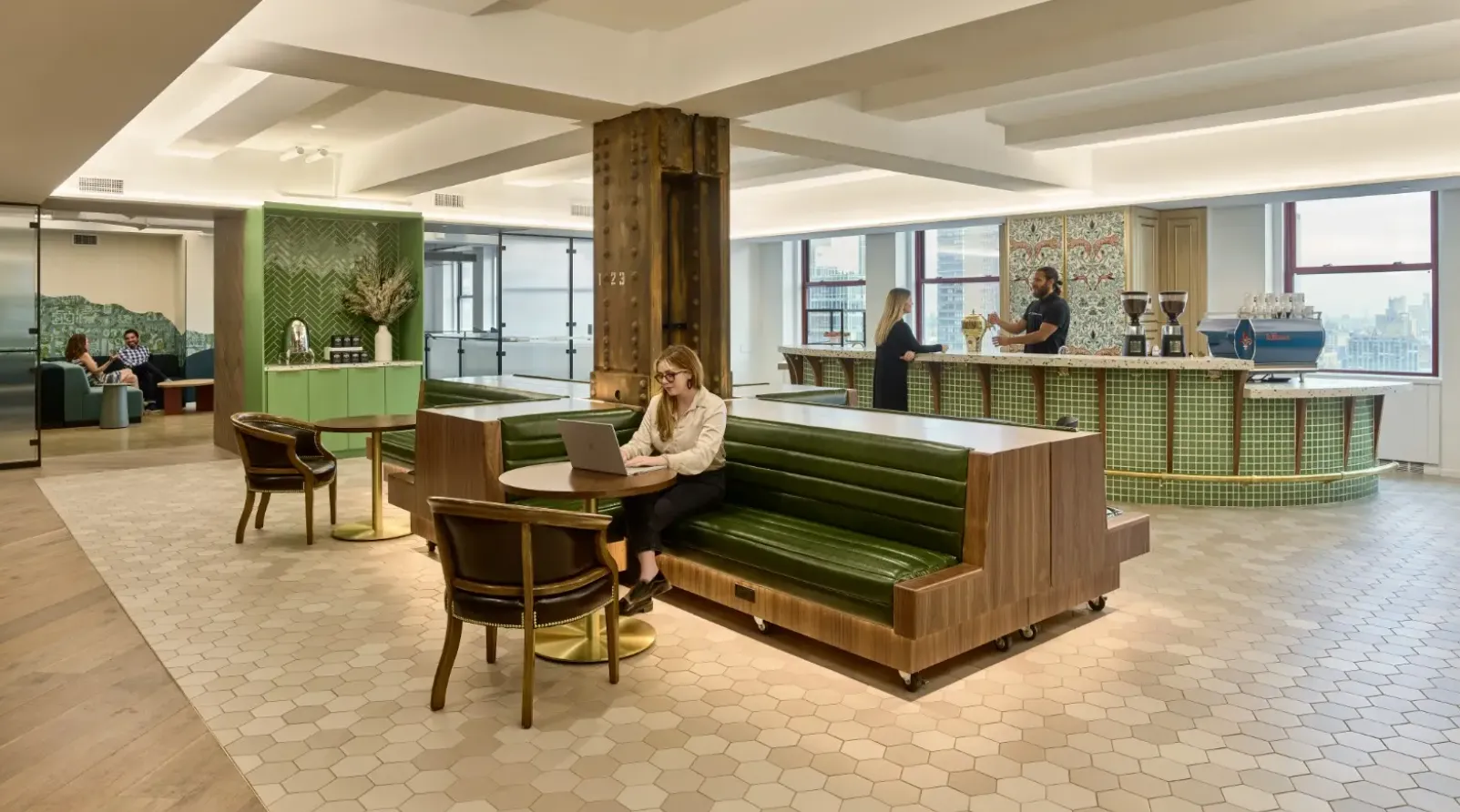
3. Technology That Supports Hybrid Work
Many employees resist returning to the office because they feel they can work more efficiently from home. Investing in technology that enhances collaboration and productivity is key to making the office experience better:
- Smart booking systems for desks and meeting rooms to ensure availability.
- Seamless video conferencing setups to support hybrid meetings.
- Digital collaboration tools (interactive whiteboards, real-time project management software).
When employees see the office as a place where they can work more efficiently, they’ll be more likely to use it.
.webp)
4. A Workplace That Fosters Community & Culture
One of the strongest motivators for returning to the office is human connection. Remote work can make employees feel disconnected from company culture and their colleagues. The office should be designed to foster relationships and create a sense of belonging:
- Organize team-building events, networking sessions, and casual meetups.
- Encourage spontaneous collaboration with open lounge spaces and communal seating.
- Design offices with cultural elements (company history displays, interactive message walls, community boards).
When employees associate the office with meaningful interactions and shared experiences, they’ll see it as a valuable part of their work life.
.webp)
5. Convenience & Accessibility
If coming to the office feels like a hassle, employees won’t be motivated to do it. Consider ways to make commuting and daily office life easier:
- Hybrid-friendly policies that allow flexible work schedules.
- On-site perks like childcare, parking, dry cleaning, or catered lunches.
- Office locations near public transport for easy access.
A workplace that is easy and enjoyable to get to naturally encourages employees to return.
.webp)
The Role of Architectural Design in Attracting Employees
A well-designed office is a powerful tool for employee engagement. Professional workplace architects and designers play a crucial role in shaping offices that meet modern workforce expectations. Here’s how:
- Space planning: Ensuring a balanced mix of collaboration, focus, and social spaces.
- Ergonomic design: Investing in comfortable seating, adjustable desks, and human-centered design.
- Aesthetic appeal: Creating an environment that feels modern, inviting, and aligned with company culture.
By working with an architectural design firm, companies can create efficient, inspiring, and adaptable workplaces that employees genuinely enjoy spending time in.
The Office as a Competitive Advantage
The workplace is evolving, and businesses that prioritize thoughtful design and employee experience will have a clear competitive edge in attracting and retaining top talent. Employees don’t want to return to the office just to sit at a desk—they want a space that enhances their work and makes them feel connected to their team.
Is your office designed to attract employees back? Our team specializes in creating workspaces that blend flexibility, functionality, and engagement. Contact us today to design an office that works for the future of work



